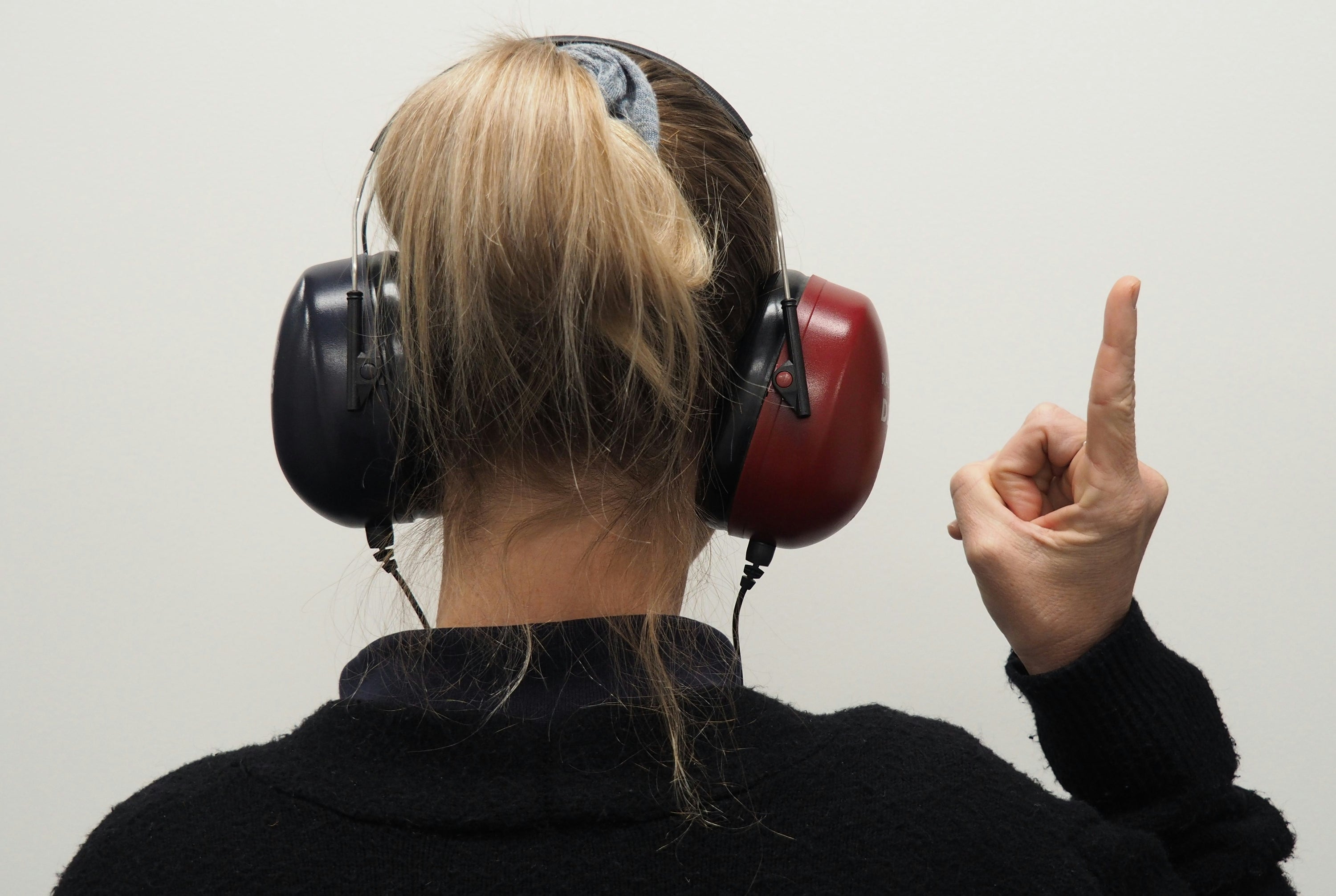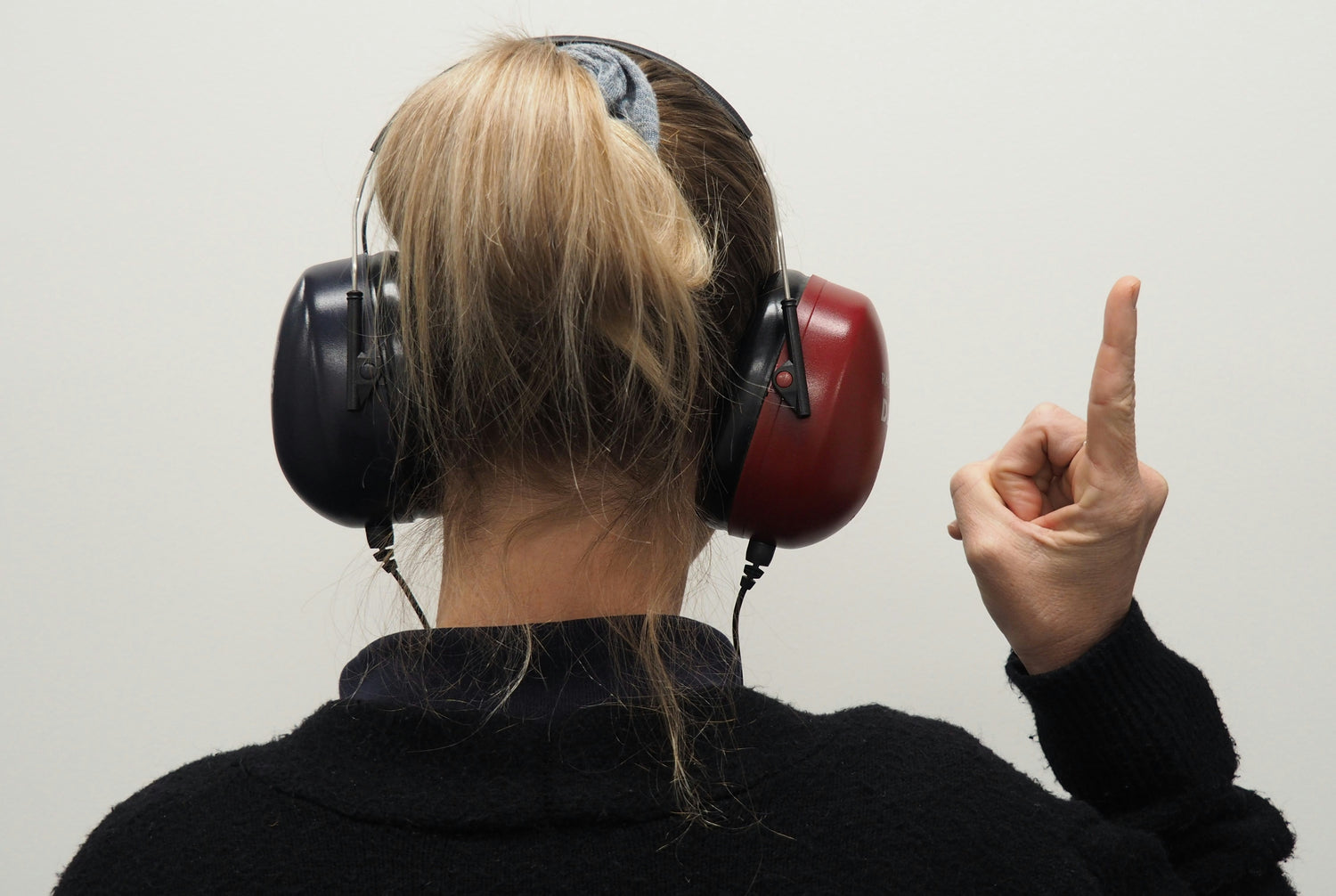If you're reading this, chances are you're going through something pretty tough right now. You wake up today, ready to tackle the day, only to realize that your hearing feels off. It's like someone turned down the volume on the world around you, and suddenly, conversations sound distant and muffled.
Single-sided hearing loss (SSHL) or asymmetrical hearing loss (ASL) can occur suddenly, without warning, and the emotional toll it takes can be overwhelming. It's normal to feel panic, fear, and even a sense of isolation when faced with this unexpected challenge. However, it's important to remember that all is not lost. There are solutions available that can help you navigate this new chapter of your life with confidence and optimism.
What Is Single-Sided or Asymmetrical Hearing Loss?
Single-sided or asymmetrical hearing loss refers to a condition where there is a significant difference in hearing sensitivity between the ears.
In single-sided hearing loss, one ear has normal hearing sensitivity, while the other ear has a significant hearing impairment. This means that sounds are typically heard well in one ear but not in the other. Single-sided hearing loss can occur suddenly or gradually and may be caused by various factors, including genetics, exposure to loud noise, infections, or certain medical conditions.
Asymmetrical hearing loss, on the other hand, refers to a condition where there is a noticeable difference in hearing sensitivity between the ears, but both ears have some degree of hearing impairment. In other words, both ears are affected, but one ear may have significantly better hearing than the other. Asymmetrical hearing loss can also be caused by a range of factors, including aging, noise exposure, ototoxic medications, or underlying medical conditions.
What Are CROS and BiCROS Hearing Aids?
CROS (Contralateral Routing of Signals) and BiCROS (Bilateral Contralateral Routing of Signals) hearing aids are specifically designed to address the challenges associated with single-sided and asymmetrical hearing loss. These innovative devices are specifically designed to address the unique challenges of single-sided hearing loss and asymmetrical hearing loss, providing wearers with improved sound localization and a more balanced listening experience.
CROS hearing aids are ideal for individuals with single-sided hearing loss, where one ear has significantly better hearing than the other. They work by capturing sounds from the impaired ear and wirelessly transmitting them to the better ear, allowing wearers to hear sounds from both sides of the head. This can greatly improve their ability to localize sounds and understand speech in noisy environments.
BiCROS hearing aids, on the other hand, are designed for individuals with asymmetrical hearing loss, where one ear has normal hearing and the other has a significant hearing loss. Similar to CROS devices, BiCROS hearing aids capture sounds from the impaired ear and transmit them to the better ear. Additionally, they amplify sounds for the better ear, providing wearers with improved overall hearing clarity and balance.
What sets CROS and BiCROS hearing aids apart from traditional hearing aids is their ability to address the unique challenges of single-sided and asymmetrical hearing loss. By capturing sounds from both sides of the head and transmitting them to the better ear, these devices help wearers regain confidence in their ability to communicate and engage with the world around them.
Advantages of CROS or BiCROS Hearing Aids Over Traditional Hearing Aid Solution?
-
Enhanced Sound Localization:
One of the primary challenges for individuals with single-sided or asymmetrical hearing loss is determining the origin of sounds. Traditional hearing aids amplify sounds from all directions, which can cause confusion and make it difficult to discern where sounds are coming from. In contrast, CROS and BiCROS hearing aids utilize advanced technology to capture sounds from the impaired side and transmit them to the better ear. This results in improved sound localization, allowing wearers to accurately pinpoint the source of sounds and navigate their surroundings with greater ease. -
Balanced Hearing Experience:
Using one hearing aid on the better ear while leaving the impaired ear untreated can lead to an imbalance in hearing. This can affect the wearer's ability to perceive sounds accurately and may result in feelings of discomfort or disorientation. CROS and BiCROS hearing aids address this issue by ensuring that both ears receive auditory stimulation. By transmitting sounds from the impaired side to the better ear, these devices provide wearers with a more balanced and natural hearing experience, reducing the risk of auditory deprivation and promoting overall auditory health. -
Improved Speech Understanding:
In noisy environments, individuals with single-sided or asymmetrical hearing loss often struggle to understand speech, as background noise can overshadow important auditory cues. Traditional hearing aids may not effectively address this challenge, leading to frustration and communication difficulties. CROS and BiCROS hearing aids, however, are equipped with sophisticated noise reduction algorithms and directional microphones that enhance speech clarity and suppress background noise. This allows wearers to engage in conversations with greater ease and confidence, even in challenging listening environments. -
Prevention of Auditory Deprivation:
Auditory deprivation occurs when one ear is left untreated for an extended period, leading to a decline in hearing ability over time. Using only one hearing aid on the better ear while neglecting the impaired ear can exacerbate this phenomenon. CROS and BiCROS hearing aids mitigate the risk of auditory deprivation by providing auditory stimulation to both ears. By transmitting sounds from the impaired side to the better ear, these devices help preserve the hearing ability of the better ear and prevent further deterioration.
In summary, CROS and BiCROS hearing aids offer numerous advantages over traditional hearing aids for individuals with single-sided or asymmetrical hearing loss. From improved sound localization and speech understanding to the prevention of auditory deprivation and a more balanced hearing experience, these advanced devices provide wearers with a comprehensive solution tailored to their specific hearing needs.
If you or a loved one is struggling with single-sided or asymmetrical hearing loss, remember that you are not alone. There's hope for improved hearing and communication, and CROS/BiCROS hearing aids can enhance your quality of life and regain confidence in your ability to communicate and engage with the world around you.
Contact SOUNDLIFE today by email at hello@soundlife.id or WhatsApp at (0815) 1353-8888 to schedule a consultation and find out how we can help you regain confidence in your ability to hear and engage with the world around you.





